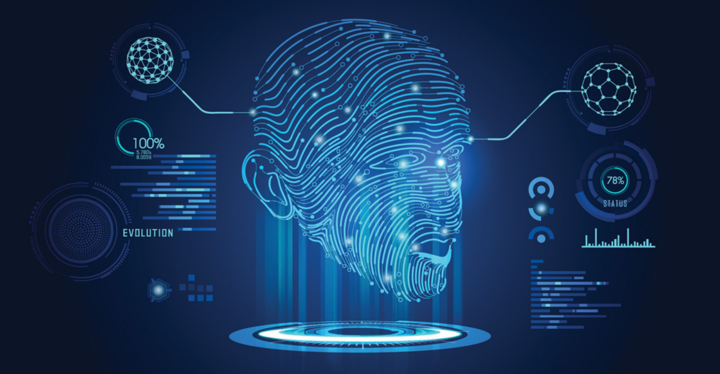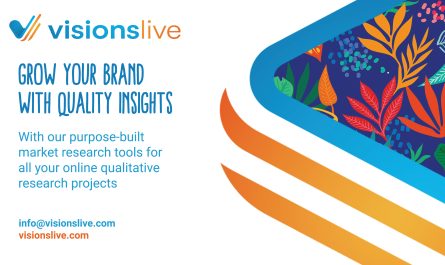Building customer centric experiences using agile research mechanisms
Pallavi Agarval, User Researcher at Amazon shares her experience in building customer centric experiences through an agile research mechanism for Amazon Pay.
This paper focuses on how a single-member user research team at Amazon Pay India was able to conduct research and drive impact for 30+ critical business launches & improvements in a year using agile research. This was done by driving agility in research processes and infusing enthusiasm among (approx. 500+) business stakeholders for customer research and customer voice.
Context & Problem Statement:
“The best customer service is if the customer doesn’t need to call you, doesn’t need to talk to you. It just works.” – Jeff Bezos
E-commerce businesses cater to the needs of millions of customers every day. Therefore it is impotant to take those very customers into account while building experiences for them. In e-commerce specifically, it is the clarity and intuitiveness of the app/website experience that defines this customer centricity.
Amazon Pay took roots in the Indian market as a leading player in digital payments. It was on a fast track to launch several payment categories, payment instruments, third party partnerships and customer rewards. Launching multiple products meant the creation of several user flows and marketing content all within a short time-span. At this stage there were three challenges:
– It was important to not lose the customer voice and perspective in the endeavor to build fast
– Customer feedback and validation had to keep up with the speed of multiple parallel launches
– Given there was limited research resources (single user researcher), we could not rely on running lengthy & detailed research programs as this would mean losing out on customer centricity for several other products by focusing too much on a few.
The user research team found itself in a situation where there was a need to conduct about 4-5 user researches a month across disparate categories like cash on delivery, credit cards, peer to peer transactions, travel, utility payments etc.
Methodology:
The situation presented us with paradoxical challenge on how to maximize customer feedback and how to prevent launches without customer feedback. This meant the time was ripe for an innovation through the creation and execution of agile research mechanisms. In other words, researches that focus on speed in gaining customer feedback, delivery of findings and incorporation in launches.
We launched a program called Open Labs. It was a monthly mandate to recruit a representative mix of customers (via purposive sampling) to whom we would expose 3-4 different experiences (UX prototypes, marketing concepts, on-site banners/marketing pages). Over a span of slightly over one hour, we could consolidate their feedback and collaborate with cross-functional teams to ensure the launch incorporated the feedback. In addition, the research team gave this monthly program visibility to stakeholders through emailers, newsletters and word of mouth.
We were careful to only include those topics that were suited for an agile mechanism like this and carried out foundational, generative and exploratory work in parallel without compromising on any of its robustness. Each month, we dedicated about 4 working days to this effort.
Result: Customer centric experiences
The result was stupendous at two levels:
Business: We were able to generate a plethora of insight around information architecture, customer vocabulary, task flows etc. Through this mechanism, we were able to drive improvements and support launches across 30+ product categories. Some notable improvements were along the following lines: double-digit percentage increase in adoption of our credit card, increased search volumes for travel, increased clicks on marketing pages and conversions through them, reduced customer complaints for our KYC product to name a few (exact numbers withheld due to confidentiality).
Organizational: Most importantly we found this platform allowed cross functional teams (product/marketing/design/research/tech) to collaborate and launch customer backward processes. In addition, it also gave a systematic platform for stakeholders to listen into customers every month and watch them experience Amazon Pay first hand. Last but not least, consumers could speak in their own tonality and language. Our regular communication through newsletters and emailers garnered visibility. Instead of being afraid of heavy research processes and timelines, we found more and more stakeholders coming forward to hear customers and request Open Labs.
Conclusion:
We soon realized that customer centricity need not always rely on heavy-duty processes. More imporatantly, it is often about a culture and curiosity around knowing the customer point-of-view. Thus, agile research mechanisms have found their place in programs for strategic decision making, just like detailed research. To conclude, the Monthly Open Labs allowed us to test at a fraction of the cost and time of large-scale researches. Still, ROI was not less than that from large scale researches.
Key take-aways:
There is no reason to not create customer centric experiences. Even lack of time and resources is not reason enough to launch and later revise sub-optimal experiences.
Both full-scale research projects and agile innovations like Monthly Open Labs can co-exist. Depending on the need of the hour, each can be leveraged for a distinct goal and benefit.
As new businesses scale up and stakeholders increase, there is a need to develop an organizational culture of customer centric experiences. Therefore, mechanisms like open labs allow stakeholders to let go inertia for research in terms of cost, timelines. Further, it encourages them to engage in collaboration.
For research functions to be successful business partners, it is important to keep up with the speed and requirements of the business. In addition, it is also crucial to drive impact with optimal resource utilization (without compromising on fundamentals of research). Quick turn-around and cadence-based programs allow for this.
To watch the full presentation, visit the MRMW video library containing hundreds of case studies from our MRMW events. Find additional case studies and the latest information about upcoming MRMW conferences at mrmw.net.
Sign-up to receive our regular newsletters, updates and special offers!










 by
by 


